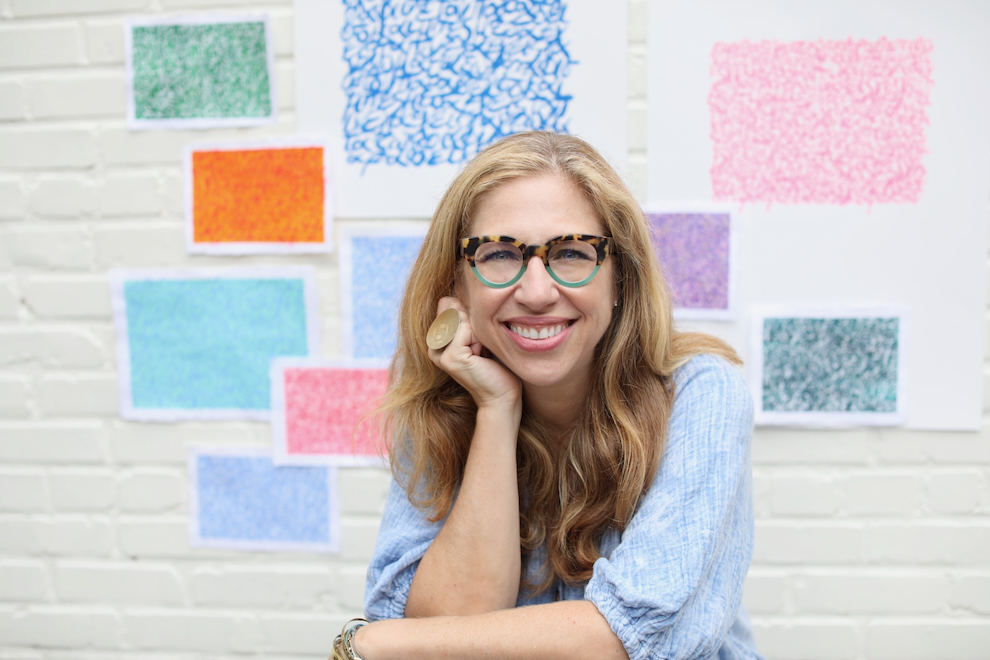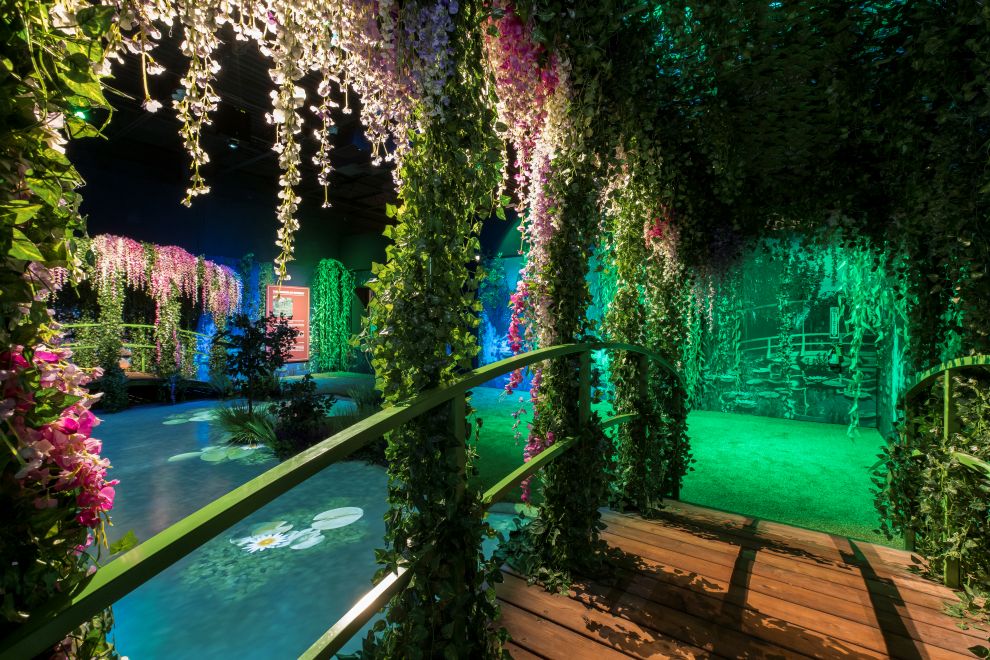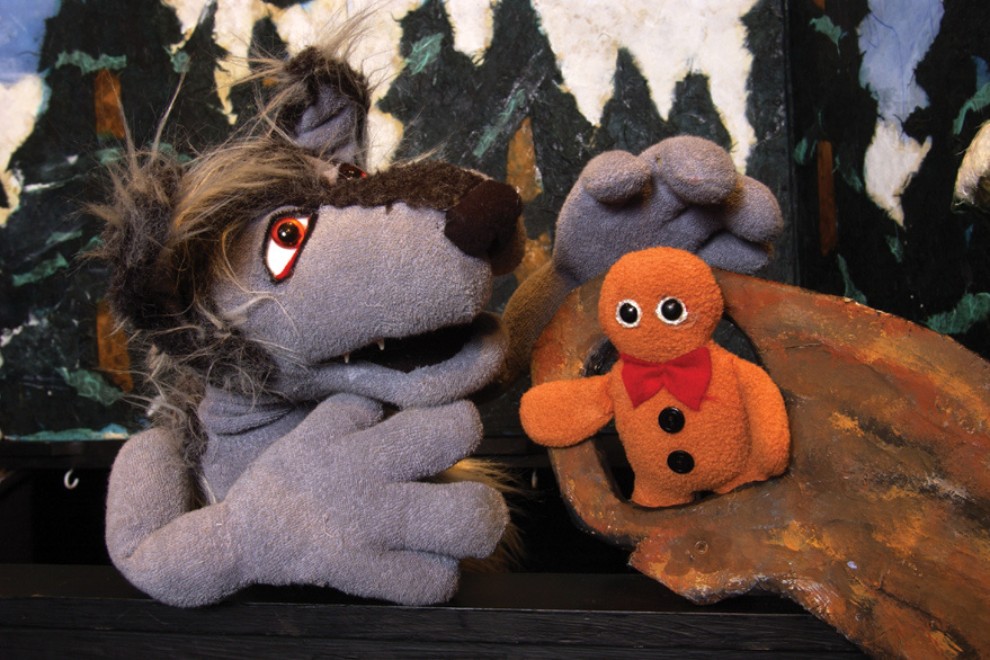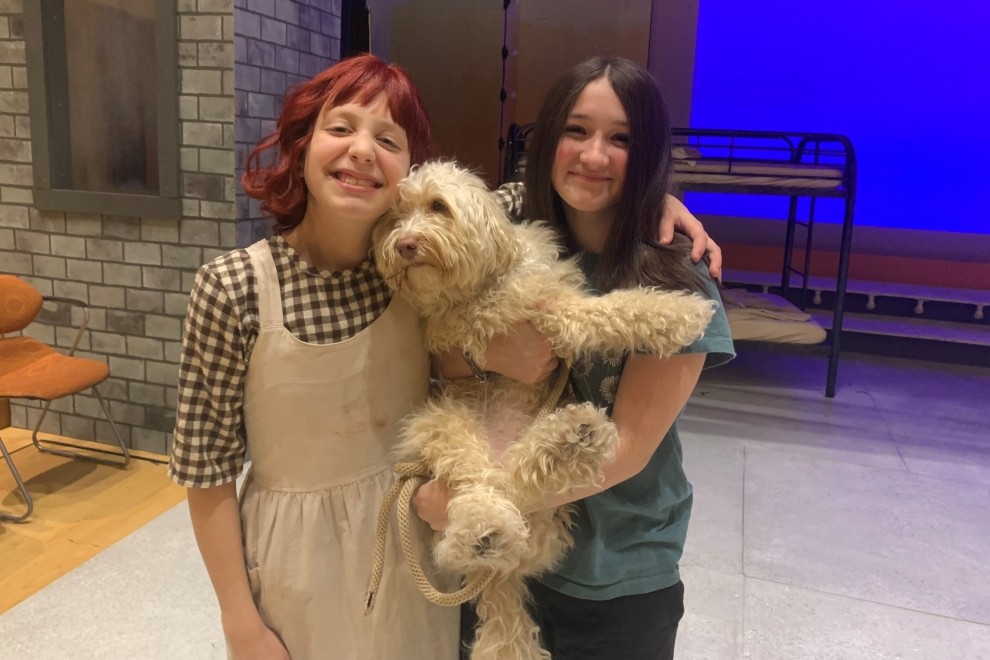Artist Theodora Miller pours her energy into her well-being and her creativity via her art. Her self-discovery and subsequent career change – from financial services to the non-profit world to art – stemmed from an accident at home that left her with a severe concussion.
“I feel a tremendous amount of gratitude for healing from something like that and having this type of journey,” she says. “I am now empathetic toward others. This very dark time in my life actually revealed a more beautiful way to live.”
The mom of three – two twenty-somethings and a teen – in 2014, Miller was working in her home when she fell on the stairs and hit the back of her head, suffering a brain injury – severe concussion – that affected her vestibular system and her cognitive capabilities.
Concussions are Brain Injuries
“I felt trapped in my own body. I would start to speak and forget my words. I had trouble speaking and processing. Noises bothered me. I was sensitive to light, sound, and motion. My memory was affected,” she says. “It was a tough time for me.”
She was out of work for several months and entered a deep depression. She couldn’t read or watch television; virtually any type of screen bothered her.
“I would get dizzy, nauseous, and get headaches with any interaction involving stimuli,” she says. “I spent a long time in a dark room with no motion.”
Her brain could only take so much stimuli. Once her symptoms would flare up, her brain would shut down. Concussions are an invisible injury that people often misunderstand.
Miller worked with a team Sheltering Arms Concussion Clinic and received cognitive and vestibular therapies. “I eventually healed. There is some environmental strain for me still,” she says. “The injury is still here to some extent. If I do too many things, my headaches will come back, especially in complex environments. My energy levels drain down faster than prior to the injury.”
Miller says the brain will often tell you when its had enough.
“I could feel good and go to Target or something and get a headache, be nauseous, and start slurring my words. These are indications that the brain can’t take any more of what you are giving it,” Miller says. “You have to put coping strategies into play.”
Painting and Health Restoration
Miller’s doctors, psychologist, and physical therapist encouraged her to take up an activity that she could do with her hands – think knitting, doodling, drawing, or painting. She had dabbled in painting when she was young, had a makeshift studio in her basement, and decided to return to painting.
“I would get out my emotions, get tired, and lay down,” she says. “I started to notice I felt calmer inside.”
She soon realized she could paint for longer and longer periods of time. She was more hopeful. Her doctors told her painting was helping her. “I feel like making art healed me,” she says.
Miller learned that the type of art she was creating during her recovery is abstract expressionism. “Now I’m dabbling in all types of painting techniques,” she says.
She lets the paints and her creativity take her in different directions.
“My colors and brush strokes changed with the mood I was experiencing. At first it was darker colors and more chaotic marks. As I continued to heal, it turned into more vibrant and calming colors as I become more hopeful for the future,” she says.
She posted her paintings on Instagram and sold her first painting. She started painting professionally in 2015. “It gave me a lot of happiness and enthusiasm,” she says of her art. “I had an art show the year after my recovery.”
There is always a deeper meaning to everything Miller creates. She draws from her “heart, soul, emotions, and memories. It’s an extension of my creative language,” she says of her art. “It’s a safe place where I can take risks.”
Art, Style, Message, and Connecting with Others
She spent nearly eight years developing her own visual language and style. During that time, Miller thought about her purpose as an artist and what her art conveys to the world.
“My Greek heritage is an inspiration to me. I strive to create art that uplifts people’s spirits and spreads joy and positivity to others. I did research and found that seven is a positive number in nearly every culture and religion in the world,” she says. “I have developed a collection called Seven Wishes that are my personal affirmations — hope, health, luck, love, happiness, joy and peace — which I share with the world through my creations. ”
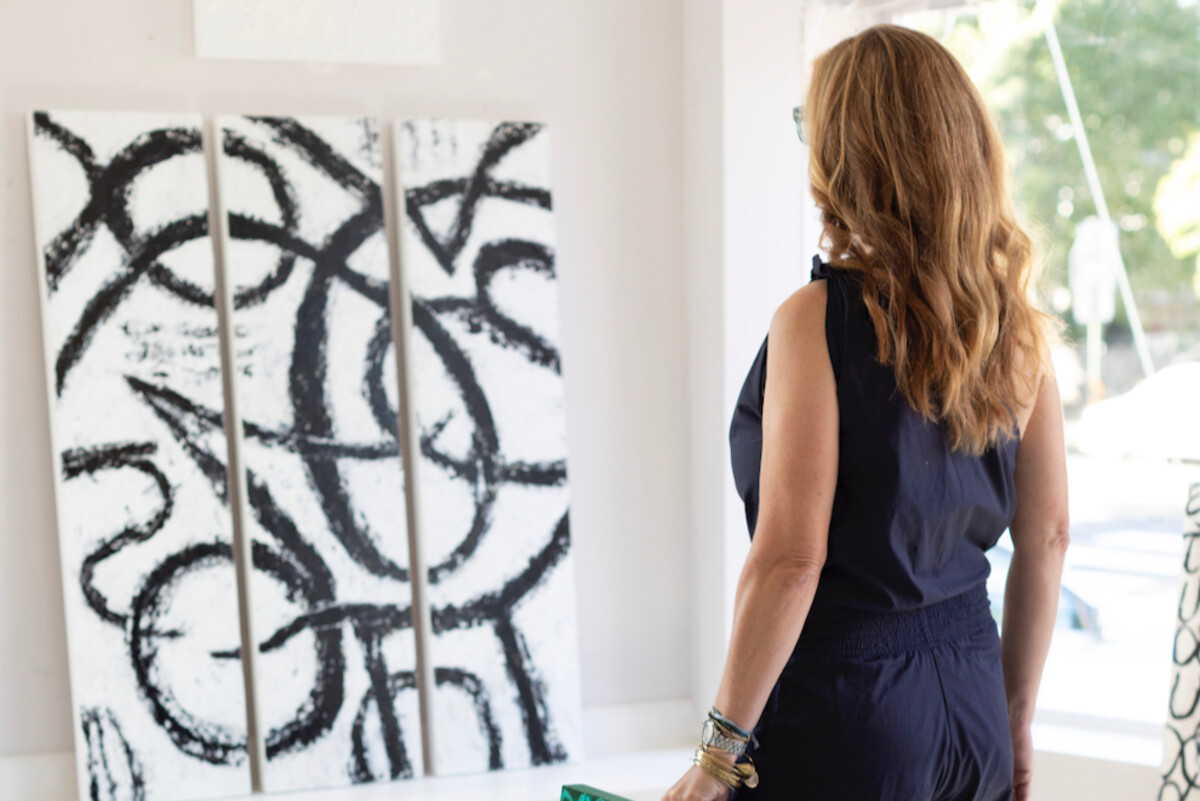
Her art has allowed her to connect with other people who have suffered concussions or had other traumatic experiences in life.
She is represented by galleries and boutiques throughout the U.S. and also sells her art through her website, Theodoramiller.com. One of her favorite things is to collaborate with interior designers and homeowners on custom pieces.
“I do special custom pieces on commission,” she says, adding one of her projects was a mural for a Florida restaurant. “I love a challenge. I love learning new things,” she says. “It’s a lot of fun to work directly with people and create something beautiful together.”
This fall, she will take part in an artist residency in Greece and also host a travel retreat, The Art of Living Well, to explore culture, history, art, creativity, wellness, and food. “I also do workshops throughout the year,” she says, noting more information can be found on her Instagram account, @theordoramillerfineart.
Now Miller has found a way to be grateful for the experience she had in 2014.
“It was terrible at the time. I would never wish it for myself or anyone. But, it forced me to slow down, and it really helped me rediscover a path,” she says. “I have been able to reconnect with myself and my passion. I stay extremely grateful to have had this experience. Grief makes life more vivid. It makes for a more joyful and grateful spirit.”


